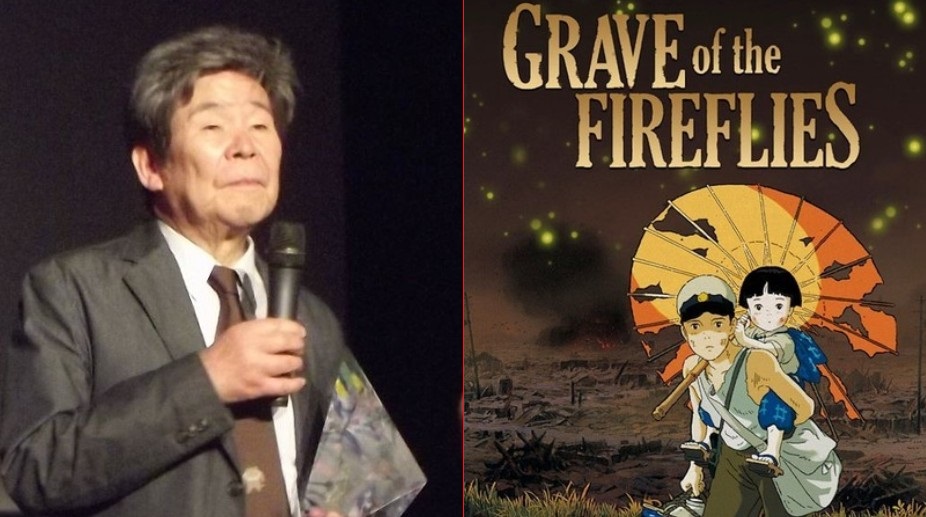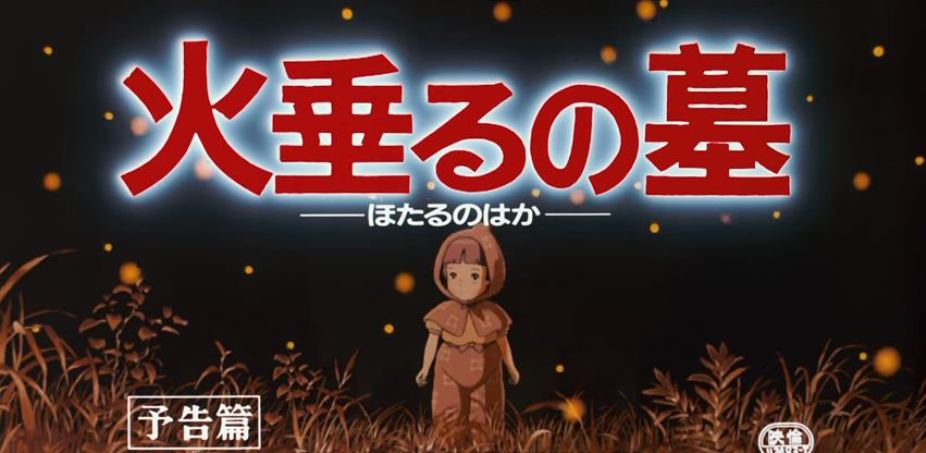Who is Hayao Miyazaki? All you need to know about the genius behind Studio Ghibli
Discover the legacy of Hayao Miyazaki, the visionary behind Studio Ghibli, whose iconic films continue to inspire both animation and AI-generated art.
On 5 April, Japanese filmmaker and producer Isao Takahata passed away. He was 82. Takahata, one of the co-founders of Studio Ghibli, was suffering from lung cancer.
Manas Sen Gupta | New Delhi | April 27, 2018 11:48 am

(Photo: Wikimedia Commons/Studio Ghibli)
On 5 April, Japanese filmmaker and producer Isao Takahata passed away. He was 82. Takahata, one of the co-founders of Studio Ghibli, was suffering from lung cancer.
On 16 April 1988, exactly 30 years ago, Takahata became the toast of cinephiles around the world for an animated movie – ‘Grave of the Fireflies’. Released in Japan on that day, the movie brought international attention on Takahata and catapulted him into the elite club of the renowned auteurs of all time, graced by the likes of Akira Kurosawa, Satyajit Ray, François Truffaut, Jean-Luc Godard, Andrei Tarkovsky, Fritz Lang, Orson Welles, Vittorio De Sica and a handful of other filmmakers.
Advertisement
Born on 29 October 1935 in Ise, Mie Prefecture, Takahata studied at the University of Tokyo and began his career in animation at the Toei studio following his graduation in 1959. It was at Toei where he met Hayao Miyazaki – fellow co-founder of Studio Ghibli and an auteur in his own right.
Advertisement
Over the years, they produced some of the world’s finest animated movies that went on winning both accolades and hearts at various film festivals and countries.
But what separated Takahata from Miyazaki was the former’s incredible talent at making audiences grieve with the characters of his films. To his fans, Takahata was like a Jedi knight who used a brilliant storytelling ability like a Force to enter the deepest corner of the human mind and tug at the nerves which trigger the most bemoaning emotions.
‘Grave of the Fireflies’ was not his first movie but is considered his greatest. It is centred on the lives of a very young brother-sister duo who are suddenly thrown into the middle of the chaos that follow the last days of World War II. Film critics are of the unanimous opinion that the suffering of the siblings through the turmoil can made make even a stone cry.
The West sees the movie as an anti-war film, but Takahata saw it as a film which aptly brings out the innate nature of man; in other words, how humans deal with the concept of humanity in times of terrible crisis.

‘Grave of the Fireflies’ has left many of those who saw the film with a sense of depression — something the audiences may never have felt after watching any other movie. A renewed interest of fans in the film following the death of Takahata also revealed to them a chilling secret hidden in one of the most popular posters of the film. In the poster Seita and Setsuko, the 14- and 4-year-old brother and sister, respectively, are seen sitting in a field. Seita looks weary but is smiling at his baby sister who is laughing playfully as a storm of fireflies surround them. But upon closer inspection fans discovered that the poster also shows an American B29 Stratofortress bomber flying over Seita and Setsuko. The colours of the original poster cleverly hide the bomber. The discovery made fans gasp in shock as they realised that what appeared like fireflies in the poster could be a rain of fire from the bomber.
It should, therefore, not come as a surprise to anyone that ‘Grave of the Fireflies’ is counted among the saddest films of all time in any list compiled by genuine cinema aficionados. It is the only animated film to command such a distinction, and that is what makes appreciate the genius of Takahata to this date.
Animated characters are different than humans. Our brains know beforehand that what we are watching are mere projections of hand-drawn comic book art, which are intended to be funny. Since animations had their foundation in comic books, they began with presentations of the funnier sides of things. For instance, Walt Disney’s animation brought the necessary laughter in the lives of those whose daily existence was as boring as the oscillating pendulum, dour if not completely bitter. Thus the general impression of animation is that it is light, is characterised by a strong sense of humour, and is fantastical. No one perceives animation to make them cry. And this is the perception that Takahata broke while leaving his signature behind.
Another one of his great works that is praised by critics around the world is ‘The Tale of Princess Kaguya’. The movie was nominated in the Best Animated film category in the 87th Academy Awards. The film tells us the story of a little girl who is found in the woods by a woodcutter, who raises her and names her as the titular Princess Kaguya. In the film, the Princess is from the Moon who is sent to Earth as a punishment for breaking a law. The rest of the story is about her experiences of the mortal world and her fate.
Takahata left his mark with this animated gem as well. Released in 2013, this film, too, produced a lugubrious effect on the audiences — though lower than that of ‘Grave of the Fireflies’. Those who saw it felt the pain of Kaguya and those of her loved ones. In their hearts, the viewers wanted Kaguya to find the suitor she longed for and for her parents to live happily with her.
But Takahata did not deal only in tragic tales – he also had in his repertoire slice-of-life, fantasy and comedy stories such as 1991’s ‘Only Yesterday’, 1994’s ‘Pom Poko’ and 1999’s ‘My Neighbours the Yamadas’, respectively. All three are hailed by critics and audiences alike.
Takahata also produced two of Studio Ghibli’s notable works, which were directed by Miyazaki — 1984’s ‘Nausicaä of the Valley of the Wind’ and 1986’s ‘Castle in the Sky’. His last gift to fans was the 2016 Dutch-Japanese film ‘The Red Turtle’, which won the Un Certain Regard Special Prize at Cannes.
Takahata, whose first name means ‘meritorious’ when written in Kanji (Japanese writing system), was certainly an auteur who understood the depth of human emotions and had the gift of making humans take note of their own failings through his captivating and unforgettable tearjerkers. He may have left but his fireflies shall live on in the minds of his fans.
Advertisement
Discover the legacy of Hayao Miyazaki, the visionary behind Studio Ghibli, whose iconic films continue to inspire both animation and AI-generated art.
Many artists and animators see AI-generated Ghibli-style art as a direct challenge to the years of effort that go into hand-drawn animation.
The viral Ghibli trend re-creating the signature style of Studio Ghibli using OpenAI's ChatGPT is laden with problems. Read here to know why.
Advertisement
